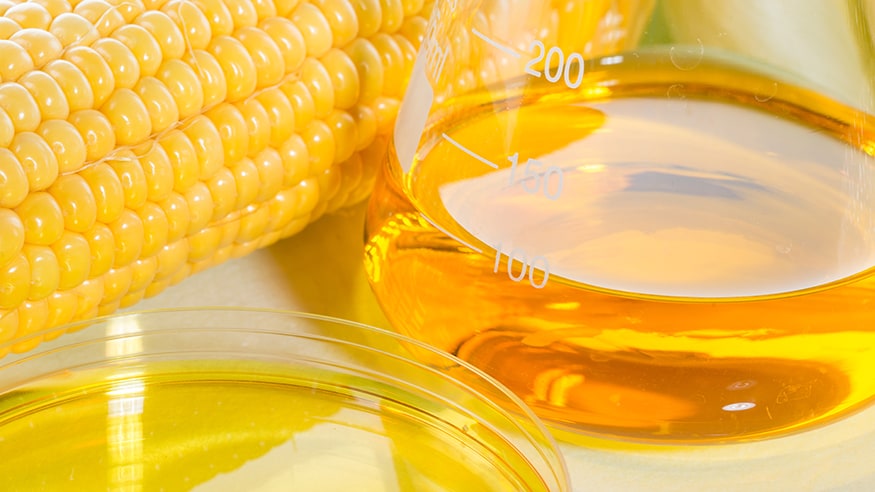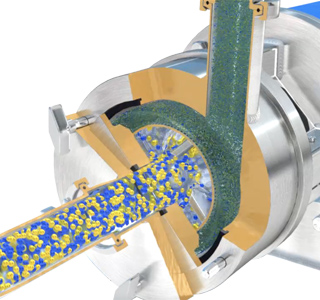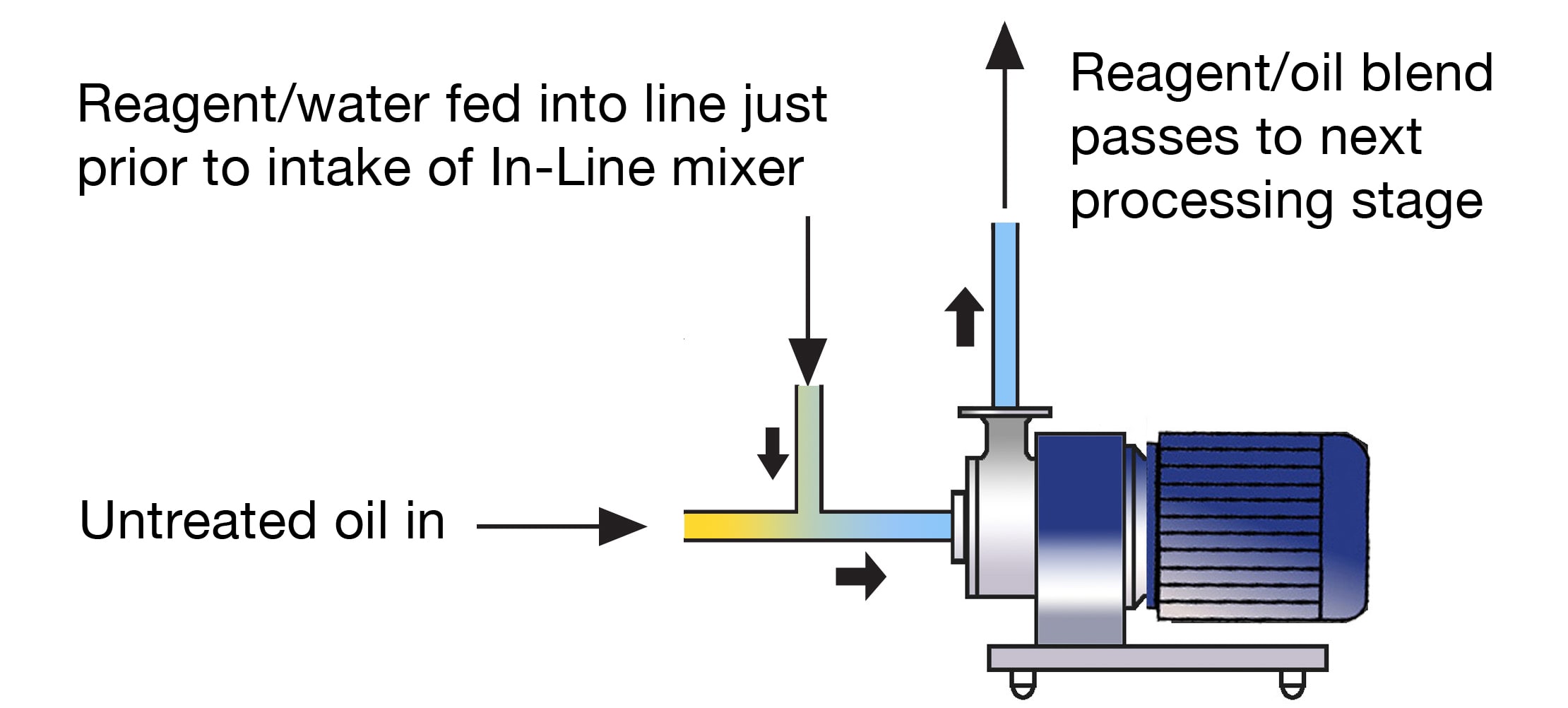Refining of Vegetable Oils for Biofuels
There is considerable growth in the use of vegetable oils such as palm, rape seed, soybean, sunflower, etc. as an alternative to petroleum based diesels. Currently there are two options for this; Straight Vegetable Oil (SVO) and Biodiesel.
In either case the untreated or “crude” oil has to be refined prior to use, in a series of stages: Degumming, Neutralising and Bleaching. The resultant SVO can be used in diesel engines although it must first be heated to around 65ºC (150ºF) to reduce the viscosity. Separate fuel tanks and/or pre-heating systems are used to achieve this.
Biodiesel offers the advantage that it can be used as a direct replacement for ordinary diesel. It is produced by subjecting SVO to a further refining process called Transesterification. The properties of biodiesel are covered by legislation such as European Standard EN14214 and American ASTM standards.

The Process
There are therefore 4 processes carried out on oil used for this application. Although there are variations, and some processes may combine or eliminate certain stages (e.g. Bleaching), they can be summarised as follows:
Degumming

Neutralising

Bleaching

Transesterification

The Problem
The reagent additions are typically carried out using low shear static mixers or inline agitators in a high volume, continuous operation. The transesterification process is more varied in volume and the methanol premix may be prepared in a seperate vessel prior to addition to the oil in a “reactor vessel.” Again, conventional agitation is normally used. These processes are subject to a number of problems:
- The acid and sodium hydroxide solutions make up only a small fraction of the total product and must be reduced to the smallest possible droplet size to ensure intimate contact with the oil. Low shear devices with a relatively short dwell time cannot easily achieve this.
- Where an emulsion is formed it must be easy to break during separation.
- With the clay and filter aid additions, conventional agitation cannot rapidly produce an agglomerate-free, homogeneous suspension.
- Poor dispersion of reagents reduces process efficiency, leading to increased chemical consumption and waste.
The Solution
A Silverson High Shear mixer can overcome these problems and dramatically improve the process. This is achieved by the 3 stage mixing/shearing action of the rotor/stator workhead as follows:

Stage 1
The reagent is introduced to the oil just prior to the intake of the Silverson mixer. The ingredients are drawn into the rotor/stator workhead and vigorously mixed.

Stage 2
Centrifugal force drives the materials to the periphery of the workhead where they are reduced to a fine droplet/particle size in the gap between the rotor blades and the inner wall of the stator.

Stage 3
Further reduction in particle size follows as the mixture is forced out through the stator, increasing the surface area of reagent exposed to the oil. This accelerates the reaction, and maximises the yield.
-
Stage 1

Stage 1
The reagent is introduced to the oil just prior to the intake of the Silverson mixer. The ingredients are drawn into the rotor/stator workhead and vigorously mixed.
-
Stage 2

Stage 2
Centrifugal force drives the materials to the periphery of the workhead where they are reduced to a fine droplet/particle size in the gap between the rotor blades and the inner wall of the stator.
-
Stage 3

Stage 3
Further reduction in particle size follows as the mixture is forced out through the stator, increasing the surface area of reagent exposed to the oil. This accelerates the reaction, and maximises the yield.
The Advantages
- Improved dispersion of reagents into the oil maximises the surface area exposed to the oil, accelerating the reaction.
- Reduced chemical and energy consumption and less environmental impact.
- Rapid processing times.
- Easily interchangeable workheads and screens allow the Silverson mixer to be adapted to optimise performance for processing a range of oils, including those with a tendency to emulsify.
Silverson offers a range of machines suitable for the acid and sodium hydroxide additions, and the Silverson Flashmix for the clay and filter aid dispersions:
High Shear In-Line Mixers
- Aeration free
- Easily retrofitted to existing plant
- Ideal for continuous processes
- Multistage units available offering a greater degree of shear, resulting in finer particle size and faster processing times
- Units available for ATEX Category 2 duties
Silverson Flashmix
- Designed for high speed dispersion of powders into liquids
- Minimised cleaning requirements
- Minimum operator input required
- Classified as ATEX Category 2 D T3 and for processing combustible solvents to 2G and D T3
- Silverson should be consulted regarding systems involving flammable solvents

